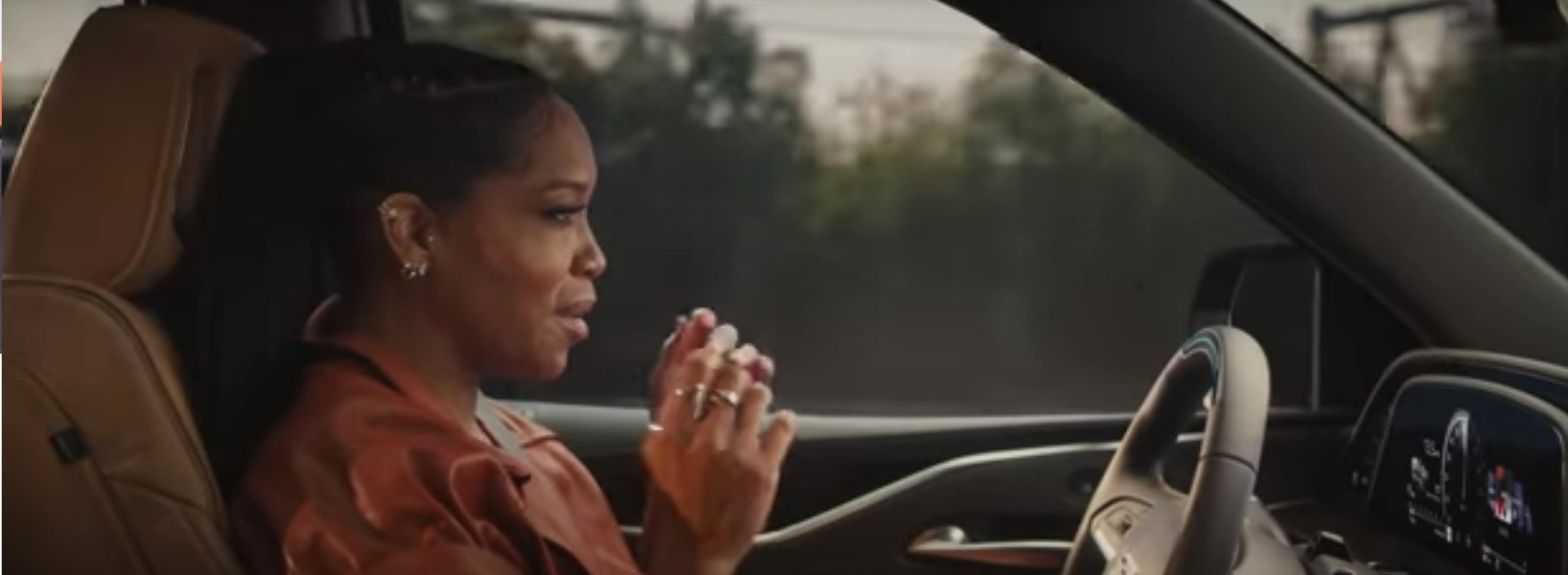
Listen in on any automotive podcast, earnings call, or attend any automotive industry event and you will hear about “software defined” cars and “service oriented architectures.” This euphemistic terminology obscures the reality that cars in most major markets are almost universally connected – even if the owners of those cars are not fully invested in the concept of “connectivity.”
The automotive industry is still languishing in a subscription adjacent mindset with a customer base that remains largely skeptical of subscription-based models. By and large, consumers want to pay a single price for their automobiles and don’t yet fully perceive the need to pay a separate fee for vehicle connectivity.
This is not to say that all new car buyers and owners refuse to pay the $10-$30/month for a typical telematics service package. Many do – enough, in fact, to make connectivity platforms reasonably profitable or minimally loss-inducing.
What the industry needs, though, is a transformation. General Motors, the originator of OnStar vehicle connectivity a quarter century ago, is pointing the way.
Traditional telematics services such as automatic crash notification, stolen vehicle tracking and recovery, and remote diagnostics seem to have faded in importance. Intrusion detection and over-the-air software updates, meanwhile, have not yet captured consumers’ imaginations.
What has caught the attention of consumers is GM’s Super Cruise semi-automated driving solution. Already embedded in 40,000 GM vehicles currently in circulation, Super Cruise is slated for deployment in 22 GM car models by the end of 2023.
The key to Super Cruise’s industry impact is that it requires an OnStar subscription. If consumers want access to GM’s sexiest driving enhancement in the history of the company, they will have to pay a monthly fee.
It doesn’t matter that the fee covers the expense of connectivity necessary for enhancing situational awareness and positioning accuracy. It doesn’t matter that there are multiple layers of enabling technology providing redundancy and ensuring reliability.
The Super Cruise user can take their hands off the wheel as long as they are paying attention to the driving task. In fact, the driver monitoring system opens the door to driver identification and credentialling which can be used to support and enhance other connected driving tasks – and access to services.
Super Cruise is the long sought after “killer app” that is already changing the perception of vehicle connectivity. Super Cruise is a gateway to the broader deployment, adoption, and acceptance of software updates. Super Cruise gives car connectivity a reason to exist.
Dealers now have a story they can tell around car connectivity that makes sense to the customer. In fact, dealers have a powerful motivation to demonstrate the technology in action and ensure that the new car buyer is properly provisioned with cellular service before they leave the lot.
Four years into the launch of Super Cruise, GM has yet to experience a high profile failure of the technology in operation. And unlike Tesla’s Autopilot and Full-Self-Driving beta, there is no flood of Youtube videos highlighting its shortcomings.
(I will note here that Tesla’s $10/month connectivity is itself clearly subsidized and discounted due to the value Tesla is extracting from the data it is gleaning from its connected cars – hundreds of millions of dollars in value. Competing auto makers can be expected – or should be expected – to recognize a similarly discounted connectivity proposition.)
There have been no National Highway Traffic Safety Administration investigations of Super Cruise. And there have been no fatal crashes reported.
Most telling of all, though, is the fact that GM has begun advertising Super Cruise. Super Cruise is rapidly becoming a brand-defining application with broad consumer appeal and growing consumer awareness.
In sum, Super Cruise has come to rescue of OnStar’s original mission of promoting the concept of vehicle connectivity. Super Cruise has single-handedly solved the business model of subscription-based vehicle ownership and sped the adoption of over-the-air software updates.
Also Read:
Arm and Arteris Partner on Automotive
The Truly Terrifying Truth about Tesla
GM Should BrightDrop-Kick Cruise
Ultra-efficient heterogeneous SoCs for Level 5 self-driving
Share this post via:







Quantum Computing Technologies and Challenges